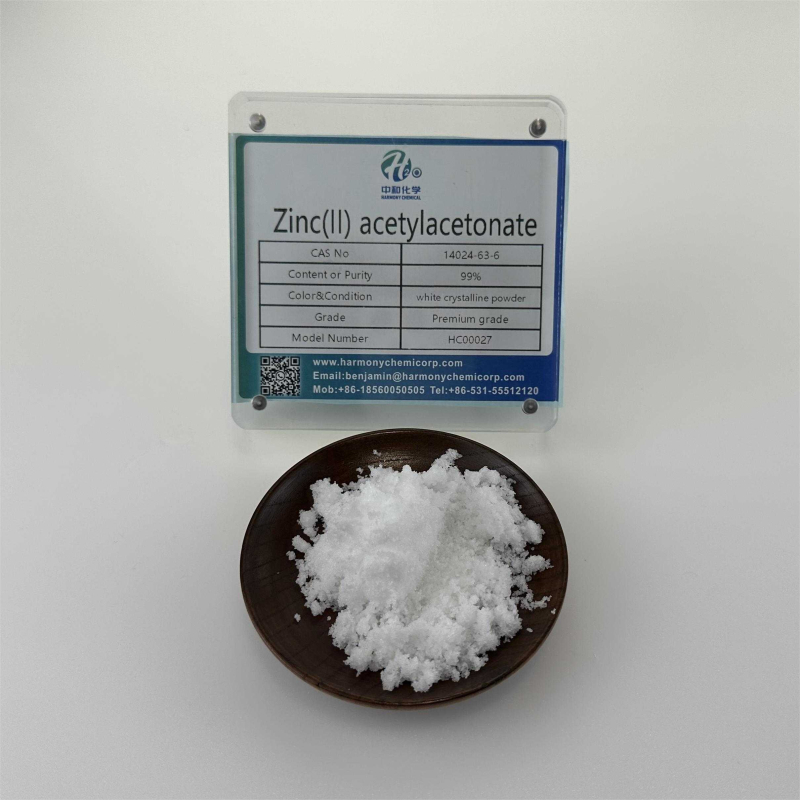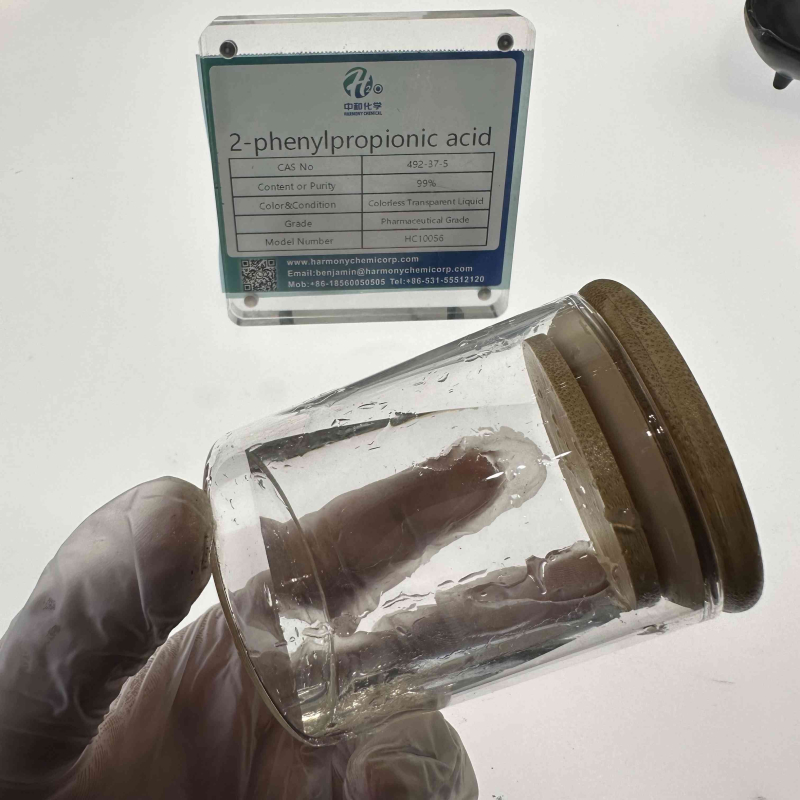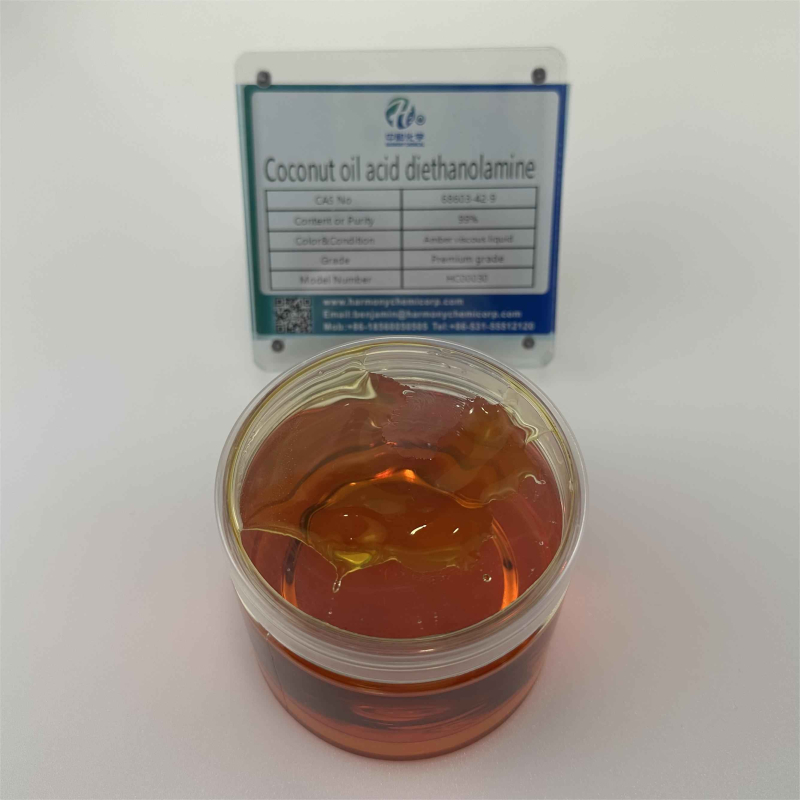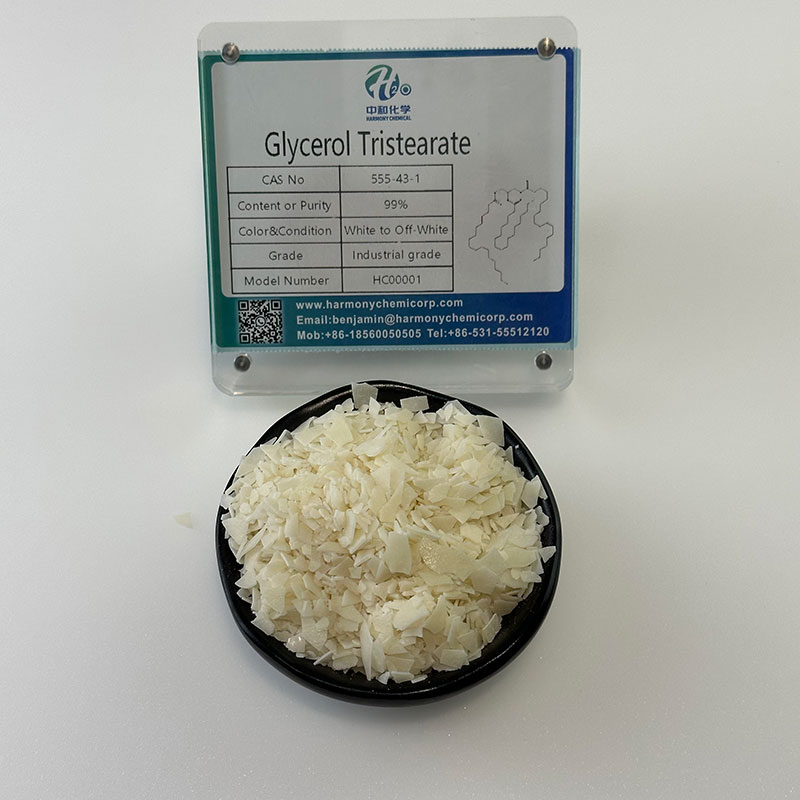nameUrapidil hydrochlorideCAS NO64887-14-5Molecular formulaC20H30ClN5O3molecular weight423.94melting point156-1580CStorage conditionsKeep in dark place,Inert atmosphere,Room temperaturesolubilityH2O: solubleformsolidcolourwhiteSOLUBLESoluble to 50 mM in water
Contact Now
Physicochemical properties: Acetylacetone zinc is a white powder with a attribute odor, secure properties, and convenient to react with oxidants. Melting factor 129-133 ℃. Easily soluble in methanol.Acetylacetone zinc can be used as an additive, inclusive of halogenated polymers, mainly polyvinyl chloride. It is the most usually used warmness stabilizer in the method of agents, and is additionally used as a catalyst.
Contact Now
AppearanceWhite crystalline powder, white block shape, white block shapeContent%≥ ninety nine ninety five 90Melting factor ℃128 128 128Water solubility 20 ℃ one hundred a hundred one hundred 100Water solubility60 ℃ 429 429 420PH valueshut to neutral, shut to neutral, 4% aqueous answer pH price 7.50-8.50 7.50-8.50 7.00-9.00Moisture%≤ 0.4 0.5 0.8UsageFlame retardant processing for wallpaper, fibers, carpets, curtains, and different materials.
Contact Now
nameClorsulonCAS NO60200-06-8Molecular formulaC8H8Cl3N3O4S2molecular weight380.66melting point194-203°Cboiling point651.7±65.0 °C(Predicted)density1.800±0.06 g/cm3(Predicted)Storage conditionsKeep in dark place,Inert atmosphere,2-8°CformneatcolourWhite
Contact Now
Isooctyl salicylate (also regarded as 2-ethylamyl salicylate) is an necessary chemical product. Its look is colorless to faded yellow obvious liquid with a barely aromatic smell. It absorbs UVB (out of doors ultraviolet mild in Chinese) and is broadly used in perfume, soap, sunscreen cosmetics, and medicinal drug industries. It can additionally be used as an natural solvent and natural synthesis intermediate.
Contact Now
Melting point144-146 °CBoiling point353 °CDensity1,45 g/cm3Refractivity1.5555 (estimate)Flash point352-354°CStorage conditionsSealed in dry,Room TemperatureSolubilitySoluble in hot acetone.Formpowder to crystalColourWhite to Light yellowCAS90-98-2
Contact Now
nameLeterMovirCAS NO917389-32-3Molecular formulaC29H28F4N4O4molecular weight572.55boiling point706.5±70.0 °C(Predicted)density1.37±0.1 g/cm3(Predicted)Storage conditionsSealed in dry,Store in freezer, under -20°Csolubility≥57.3 mg/mL in DMSO; insoluble in EtOH; insoluble in H2Oformsolid
Contact Now
nameFlubendazoleCAS NO31430-15-6Molecular formulaC16H12FN3O3molecular weight313.28melting point290°CStorage conditions2-8°Cdensity1.3720Acidity coefficient10.66±0.10formneatcolourWhite to Off-White
Contact Now
Melting point<-40°CBoiling point265 °C10 mm HgDensity1.143 g/mL at 25 °CVapor pressure0.03 mm Hg ( 25 °C)Refractivityn20/D 1.555Flash point>230 °FStorage conditionsStore below +30°CSolubilityorganic solvents: miscible Emergency ManagementLeakage emergency responseQuickly evacuate personnel from the contaminated location to a protected area, isolate them, and strictly prevent entry and exit. Cut off the ignition source.
Contact Now
Melting point900 ° C (lit.)Density4.0g/mL (lit.)Vapor pressure0Paat20 ℃SolubilityH2O: insoluble (Chemicalbooklit.)FormPowderColor WhiteOdorOdorlessWater solubilityInsolubleinwaterThe herbal mineral of zinc phosphate is referred to as "parathionite", which has α- Type and β- There are two types.
Contact Now
nameTriisobutyl phosphateCAS NO126-71-6Molecular formulaC12H27O4Pmolecular weightv266.31boiling point~205 °Cdensity0.965 g/mL at 20 °CStorage conditionsStore below +30°C.solubility0.26g/lformOilcolourColourless
Contact Now
Coconut oil is recognized as the "healthiest oil on Earth". Coconut oil, as a medium chain fatty acid, has drastically special physiological consequences on the human physique in contrast to the often discovered lengthy chain fatty acids in our food. The saturated fatty acids in coconut oil are on the whole medium chain fatty acids.
Contact Now
1. Used for ester trade reactions.2. Use as an additive and intermediate in chemical products.3. Use: It is used to put together adhesive and as catalyst for transesterification and polymerization reaction.4. Use It is used to make adhesives between metallic and rubber, metallic and plastic, as nicely as catalyst for transesterification and polymerization, and uncooked substances for pharmaceutical industry.5. Catalysts used for esterification reactions, ester to ester conversion reactions of esters such as acrylic acid.
Contact Now
Mercaptopropionic acid is an organic compound with the chemical formula C3H6O2S. It is a transparent liquid with a strong sulfide odor, foul odor, and toxicity.
Contact Now
purposeHexafluorozirconate is often used to make optical glass and fluorozirconate.Used for metallic floor therapy and cleaning, as nicely as for the manufacturing of wool, leather-based garb industry, atomic electricity industry, superior electrical materials, and refractory materials.Used for metallic surfaces and coatings.
Contact Now
Oil soluble nano iron 1% - 10%, naphthenic acid 5% - 25%, barium naphthenate 10% - 30%, polyisobutene succinimide 5% - 10%, long-chain fatty acid 1% - 5%, and the relaxation is solvent. The instruction technique is as follows: add naphthenic acid drill, barium naphthenate, oil soluble nano iron and long-chain fatty acid into the solvent in flip at room temperature in accordance to the ratio, stir evenly, and then add polyisobutylene succinimide to stir evenly.
Contact Now
Thermoplastic resin, hydrolyzed into polyvinyl alcohol in acid or alkaline solvents, is the main raw material for preparing polyvinyl alcohol. When molecules contain photosensitizers, they are sensitive to light and undergo decomposition reactions under the action of ultraviolet light or electron beams, exhibiting positive photosensitive resin properties. It can copolymerize with various monomers with double bonds, introducing various functional groups and possessing different properties.
Contact Now
CAS NO492-37-5Boiling point260-262 °CDensity1.1 g/mL at 25 °Cflash point>230 °FStorage conditionsSealed in dry,Room TemperatureFormLiquidColourClear pale yellow to yellowpH value3 (5g/l, H2O, 20℃)SOLUBLE10 g/L (20 ºC)Molecular formulaC9H10O2
Contact Now
Boiling Point168-274 ° COdorat 100.00?%. mild ammoniaSOLUBLE5-10 g/100 mL at 18 ºCStabilityStable. Combustible. Incompatible with strong oxidizing agents.Introduction: N, N-bis (hydroxyethyl) coconut oil amide can be used as a surfactant.
Contact Now
Usage 1: Used as uncooked substances for photosensitive nylon and photosensitive plastics, constructing grouting materials, and additionally for photography, printing, plate making, etc.Usage 2: It can be used as a water blocking off agent in oilfield drilling operations and development grouting operations, as properly as as as a crosslinking agent in the synthesis of acrylic resin and adhesives.Usage 3: Used as an essential cloth for isolating amino acids and as an vital uncooked fabric&nb
Contact Now
Nickel chloride can take part in the response as a moderate Lewis acid, catalyze the coupling reaction, and coordinate with metallic hydride as a lowering agent to take part in the selective discount reaction. As a moderate Lewis acid, nickel chloride can realise the regioselectivity rearrangement of dienols in alcohol water solution.
Contact Now
ApplicationsGlyceryl tristearate is an ester derivative, which can be used as food emulsifier, brightener, greasing agent, lubricant, defoamer, and also in various cosmetics.ToxicityIt is safe within the limits mentioned above (FDA, 2000).Use limitAs a crystallization catalyst for cocoa butter 1%; as a molding aid 0.5% to 3%; as a winterizing treatment agent for fats and oils 0.5% (FDA §172.811, 2000). Can be used as gum gum-based substance (GBChemicalbook2760-96).Chemical propertiesColorless crystal or powder. Odorless. Slightly sweet. Relative density (d480) 0.862.
Contact Now
nameCupferronCAS NO135-20-6Molecular formulaC6H9N3O2molecular weight155.15melting point150-155 °C (dec.)boiling point278.95°C (rough estimate)density1.3092 (rough estimate)Storage conditions2-8°CformPowdercolourNeedles from water
Contact Now
Application1. Used as formaldehyde trapping agent to remove formaldehyde remaining in fabrics after finishing by 2D-resin, KB-resin, urea-formaldehyde resin, melamine-formaldehyde resin, etc. It is also used as an intermediate of fine chemicals, used in the manufacture of resins, plasticizers, spray paint, adhesives, etc.2. used as formaldehyde capture agent, intermediate of fine chemicals, also used in the manufacture of resins and formulation of plasticizers, spray paint, adhesives and other uses for the synthesis of chiral microporous materials prepared from non-chiral precursors;3.
Contact Now




























